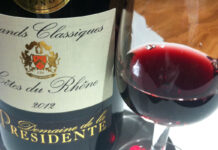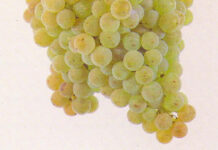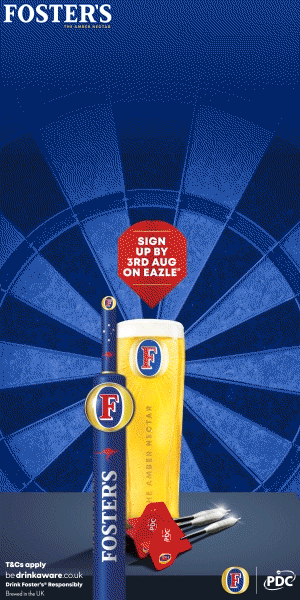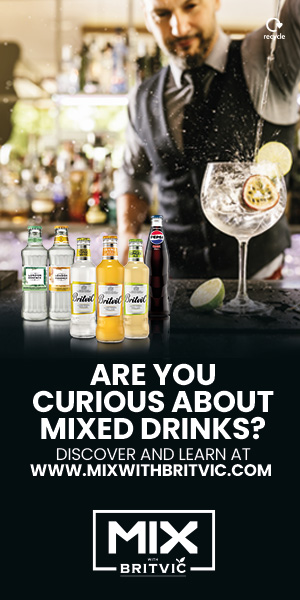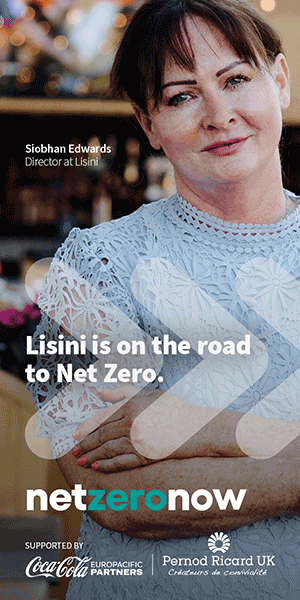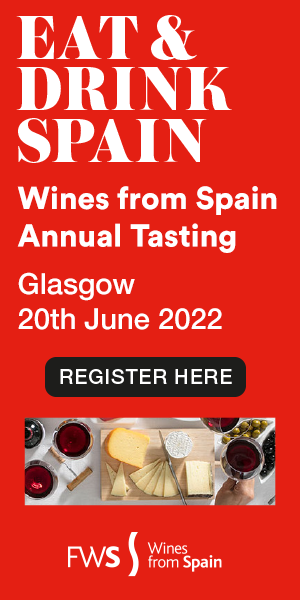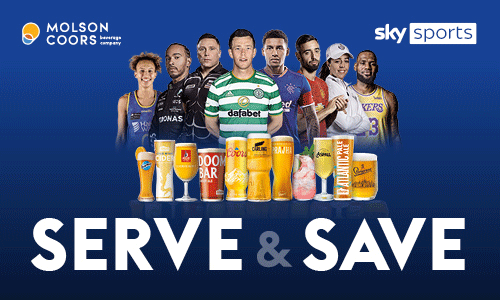
Luke Richardson has worked in a range of venues across the UK, specialising in wine, and is now general manager at Haar restaurant in St Andrews. In his column for SLTN he shares his thoughts on all things wine-related and answers your questions about wine. If you have a question for Luke email it to sltn@peeblesmedia.com.
Hello again all.
This time around I thought I would talk about various ways to organise wine lists so as to maximise both sales and your customers’ experiences – and, therefore, the perceived value that they gain on visiting your establishments.
There are basically four ways to organise a list: simply by ascending price order, by region and/or country, by style of wine, and by food groups that said wines are particularly good with.
Each has its own benefits, and some are really only applicable to lists of a certain size.
Firstly, if you order your list from lowest to highest price, you will inevitably encourage people to buy at the lower end of the list. This could work well for you if you have your list set up to achieve the highest gross profit margin on the least expensive wines. It also requires the least amount of actual wine knowledge as you just apply your margin to a new listing and slot it in at the correct price point.
However, it will often mean that your stock of the more expensive wines will be sitting on your shelf a bit longer and that is not ideal. So: fairly easy, and good if you have amazing deals on your entry level wines.
The next way is by region and/or country – depending on the size of your list. At any rate, this is for wine lists over 50 references long, as there isn’t much point in doing it if you don’t have a decent amount of bins for each country. I would say at around 50 bins, organise by country; and around 100 look at adding in regions.
This has a few benefits – it helps to break up the price ascending order, and also makes it easier for people who nearly always drink wines from the same region or country – of which there are many!
The third way is by wine style – “Light and Fruity Reds” or “Crisp and Dry Whites”, etc. Again, this is probably most useful in lists of a certain size. It’s a great way to get people to drink slightly outside of their comfort zones and try something different, and it also pushes customers to read the whole list and then make a decision – hopefully seeing something that they might count as a treat and self-upsell! Like the last method, this also breaks up the price ascending order.
Lastly, and really only applicable to lists on premises serving food, is the food group recommendation style – “Great with Fish” or “Red Meat Champions”.
This can work really well if you don’t have a huge amount of wine knowledge in your team – if you can encourage your guests to have wines more suitable to the food they’re eating (as opposed to just whatever wine they fancy), the chances are that their overall experience of your establishment will be more memorable and they may even take some new knowledge away with them. Creating memories like these really help return business, and generate good reviews.
Always talk to your wine suppliers, most will be more than happy to help out as you selling more of their wine can only be a good thing for everybody!
Happy listing!



